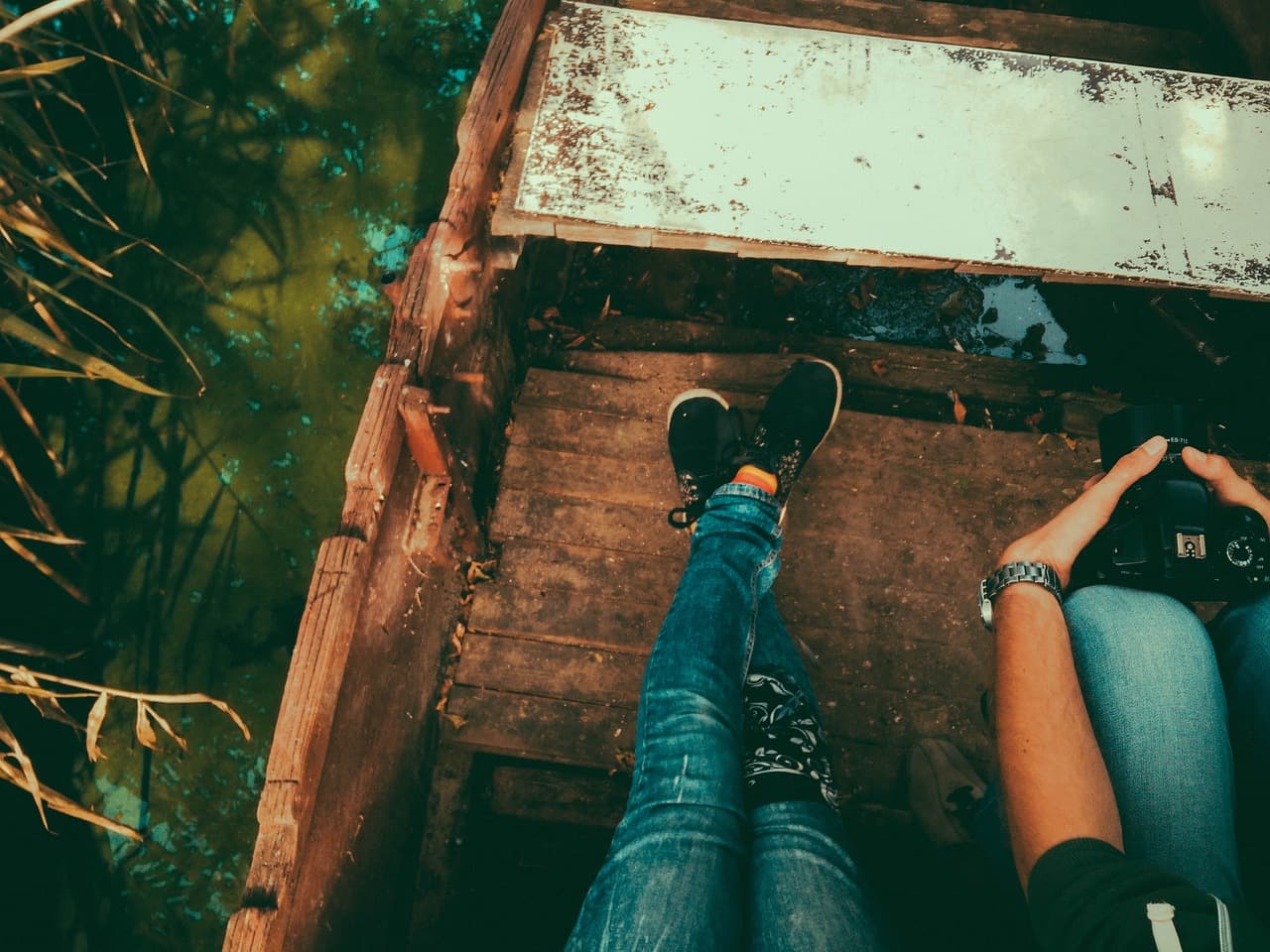Photography is the art of capturing moments that will stay with us for a lifetime. It is a profession that combines creativity, technical expertise and the ability to express a unique vision of the world through a lens.
Many people choose a career as a photographer because of its flexibility and opportunity for self-expression, akin to how non UK licensed casinos offer unique gaming options. However, to become successful in this field, you need to work hard and constantly improve your skills.
Photography as a profession attracts many people because of its creative freedom and the opportunity to express oneself. Becoming a successful photographer is not as easy as it may seem at first glance. It requires not only talent and technical skills, but also the ability to run a business and constant self-development.
Starting a Career in Photography
1. Invest in yourself:
The first step to a successful photography career begins with investing in your own education and equipment. It is necessary to purchase quality photographic equipment that will allow you to bring creative ideas to life. At the initial stage, you can ask for help from family or use personal savings, for example, money received on your birthday.
2. Practice:
Regular practice is the key to mastery in photography. You should not wait for the first client to appear to start working. It is important to constantly improve your skills, experiment with different genres and shooting techniques. A lot of useful information can be found on the internet, including tutorial videos on image processing and lighting.
Creating a Portfolio
To attract clients, you need to have a portfolio that showcases your work style and level of professionalism. Creating your own website can greatly increase the visibility of your work. Platforms such as Squarespace provide convenient tools to do this.
Your portfolio should include a variety of work that shows your versatility and ability to work in different genres. This can range from studio shoots to street photography, portraits or landscapes. It is important to update your portfolio regularly, adding new work and deleting old or less successful images, so that you are always showing your current level of skill.
Editing Tools
Today’s photographers rarely go without post-processing their images. Adobe Photoshop and Adobe Lightroom are the industry standard for photo processing. These programs offer extensive options for enhancing images and customising them to meet the needs of clients. Special discounts on Adobe Creative Cloud subscriptions are available to students, making these tools more affordable.
Education and Self-Education
1. Learning through the internet:
Most of the knowledge today’s photographers draw from the internet. YouTube and various educational platforms such as Skillshare provide extensive resources for learning photography and videography. These resources can help you learn new techniques and approaches to your work. Using online platforms allows photographers to learn at a time and pace that suits them, making learning as effective as possible.
2. Experience:
In addition to theoretical knowledge, practical experience is important. Working on various events and projects will help you gain the necessary experience and learn many nuances of the profession that cannot be learnt solely from books or video lessons. Direct participation in photo shoots allows photographers to better understand how to control light, composition and timing, which are key elements in creating high-quality images.

Challenges of the Profession
A career as a photographer requires not only creative but also entrepreneurial skills. Managing your time, finding clients and maintaining a high level of quality work are important aspects of a successful career.
Constant self-development and a willingness to take on new challenges will help you stay marketable. The following are the main challenges faced by professional photographers:
- Constant learning: Photography is rapidly evolving and one needs to keep up with new technologies and trends.
- Competition: The market for photography services is oversaturated and it can be difficult to stand out among other talented photographers.
- Unstable income: A photographer’s income can vary greatly depending on the season and economic situation.
- Client demands: Sometimes clients may make unreasonably high demands or expect unrealistic results in a short period of time.
- Emotional burnout: Working intensively on multiple projects can lead to fatigue and loss of creative motivation.
Conclusion
Becoming a successful photographer is a journey that requires time, effort and constant self-improvement. Investing in training, regular practice, building a quality portfolio and using professional photo processing software are the main steps along the way. Over time, building on the knowledge and experience gained, you can achieve significant success and recognition in the profession.



